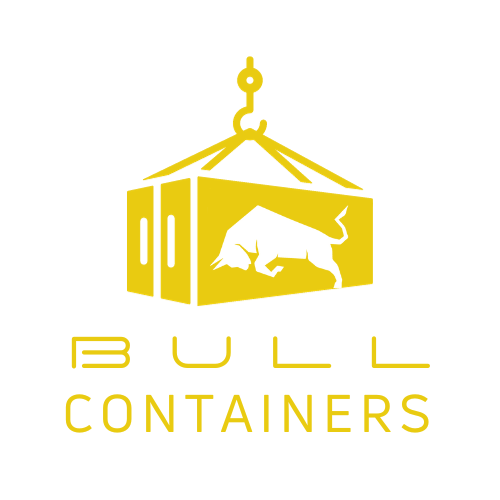The Shipping Container Market
It seems like everything these days is coming in a shipping container. Whether it’s clothes, food, or furniture, chances are it was shipped in a container at some point. This is because the shipping container market is booming. There are a few reasons for this. First, the rise of e-commerce has led to an increase in demand for shipping containers. Second, the global economy is doing well, which means that more goods are being traded between countries. And finally, new technologies have made shipping containers more efficient and cost-effective. If you’re interested in learning more about the shipping container market, read on for an overview of the industry.
An Overview of the Shipping Container Market
Today, the shipping container market is worth billions of dollars and continues to grow at a rapid pace. In 2018, the global market for maritime containers was valued at $33.5 billion and is expected to reach $40.5 billion by 2025, growing at a CAGR of 3.2% from 2019 to 2025.
The demand for maritime containers is driven by the increasing trade activities and the need for efficient transportation of goods across different regions. The maritime container market is also influenced by the changing trends in the logistics industry, such as the rise in e-commerce shipments and the trend of using containers for storage purposes.
There are various types of shipping containers available in the market, such as dry freight containers, reefers, special equipment containers, and others. Dry freight containers are the most commonly used type of container, accounting for more than 60% of the total container fleet worldwide. These containers are suitable for carrying general cargo such as clothes, furniture, electronics, and machinery parts. Reefers are refrigerated containers that are used for transporting perishable goods such as food and pharmaceuticals. Special equipment containers include tank containers, flatracks, and open tops, which are used for carrying specific types of cargo such as liquids, oversized items, or dangerous goods.
The maritime container market is fragmented with a large number of small-sized players operating in regional markets. Some of the key players in the market include Maersk Line (Denmark), MSC
The Different Types of Shipping Containers
There are many different types of shipping containers available on the market today. The most common type is the ISO container, which is used for the majority of international shipping. There are also specialised containers for shipping dangerous goods, refrigerated goods, and oversize cargo.
ISO containers are the most popular type of shipping container. They are made of steel and have standardized dimensions, so they can be easily interchanged between different shipping companies. ISO containers come in a variety of sizes, but the most common size is 20 feet long by 8 feet wide.
Specialised shipping containers include those for dangerous goods, refrigerated goods, and oversize cargo. Dangerous goods need to be shipped in specially designed containers that meet rigorous safety standards. Refrigerated containers keep perishables cool during transport, and oversize cargo containers are used for large or bulky items that do not fit in a standard ISO container.
Conclusion
Thanks for reading! We hope this article has given you a better understanding of the shipping container market and how it works. If you’re thinking about entering the market, we recommend doing your research and talking to a professional to get started.







